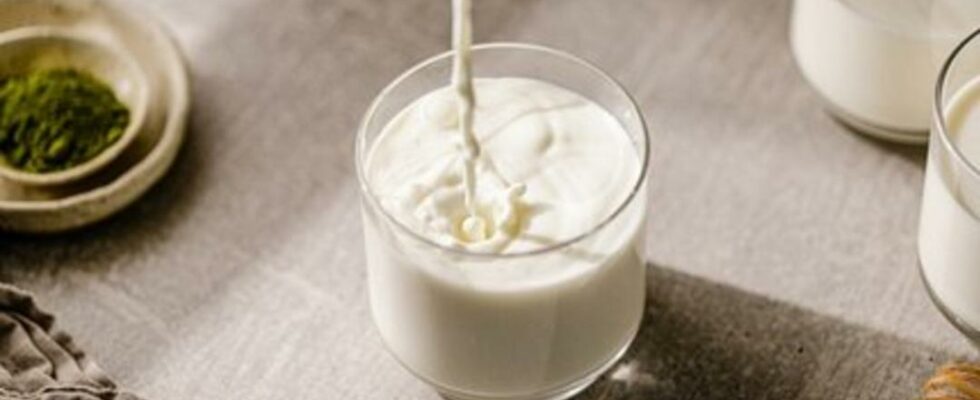Adding water to milk is one of the most common tricks to reduce the cost by increasing the volume of milk. Istanbul Gelisim University Lecturer. See. According to Nurullah Zekeriya Akar, it is possible to sensory notice milk with added water. “Milk with added water reveals itself through its color and taste,” says Akar, adding: Natural milk is porcelain white and has a slightly sweet taste. However, milk with added water turns a bluish tint and its taste becomes lighter. “The dense and creamy structure of natural milk disappears when water is added,” he explained.
Akar said that such milk can be definitively detected through laboratory tests, but a careful consumer can distinguish adulterated milk with some clues:
“As soon as natural milk is milked, a creamy layer forms on its surface and the proteins cause a noticeable foaming on the surface. “These properties are lost in milk with added water.”
“IF YOUR MILK TURNS BLUE, BE SUSPICIOUS”
Milk with added water not only reduces its nutritional value but also poses serious risks to public health. Milk diluted with water creates a suitable environment for microorganisms to multiply, and this poses a great threat, especially to children. Akar listed some points that consumers should pay attention to when buying milk as follows:
“Colour: Natural milk is porcelain white. If the milk has a bluish tint, there is a good chance that water has been added.
Taste: Natural milk has a slightly sweet taste. Milk with added water loses this density and leaves a lighter taste.
Cream Layer: Natural milk forms a creamy layer on its surface. The cream layer may not be evident in milk with added water.”
WHICH MILK IS HEALTHIER?

In addition to adding water to milk, replacing milk fat with vegetable oils is also a common cheat. Akar stated that milk fat directly affects the taste, nutritional value and consistency of milk and said: “Natural milk fat can be detected by laboratory tests. “But consumers may become suspicious just by noticing changes in the taste of dairy products,” he said.
Akar also drew attention to the importance of fat content in milk preference as follows:
“Whole milk: It has a fat content of 3.5 percent and is especially recommended for children, teenagers and individuals of growing age.
Semi-Skimmed Milk: It has a fat content of 1.5-1.8 percent and is ideal for individuals who care about their heart health or control their weight.
Skimmed milk: It has 0.15 percent fat content. However, it should be consumed with caution as it prevents the absorption of some vitamins in milk fat.”
“READ THE LABEL, MAKE THE RIGHT CHOICE”

Akar advised consumers to read the label information and choose reliable brands when buying milk and added:
“When buying milk, pay attention to the brand and label information. Question the fat content of the milk, its naturalness and whether it has been processed. “As consumers become more aware, fraudulent products on the market will decrease.”
According to Akar, choosing the right milk both improves nutritional quality and has significant effects on health in the long term. While natural milk supports the body with the nutrients it contains, processed or adulterated milk cannot provide these benefits. Therefore, it is of great importance for consumers to act consciously and question the reliability of the milk they purchase.
(UAV)
